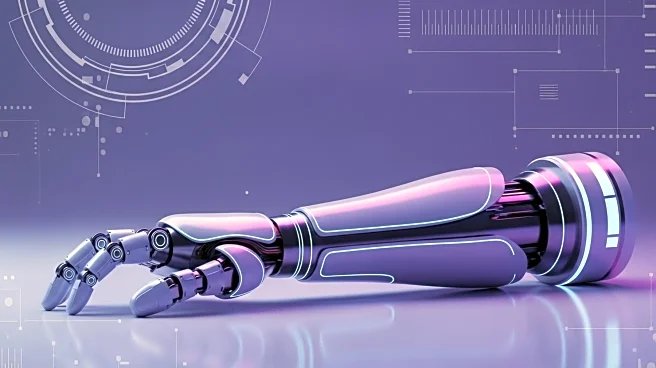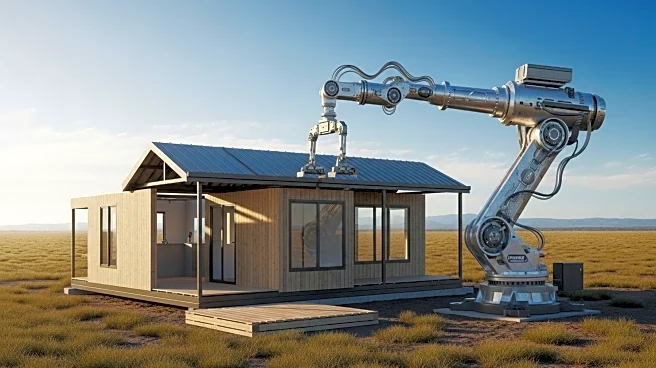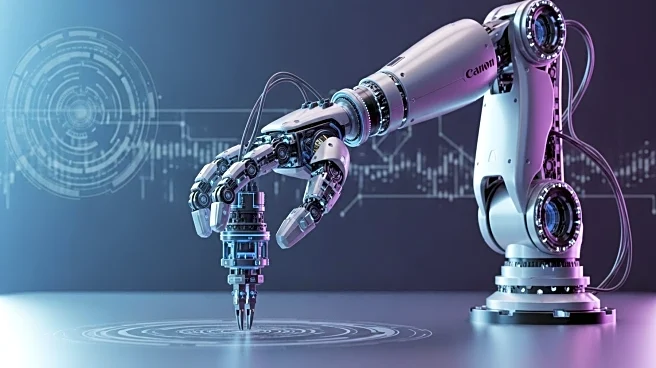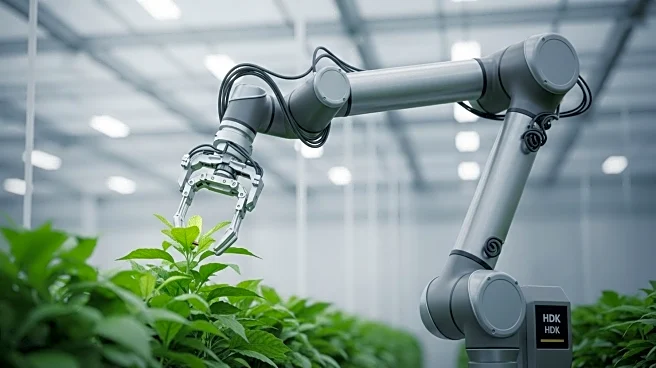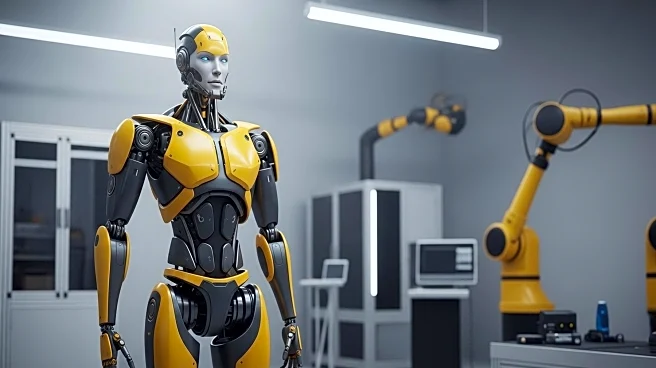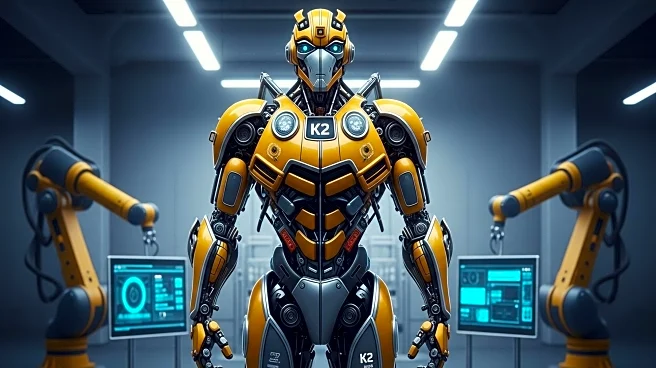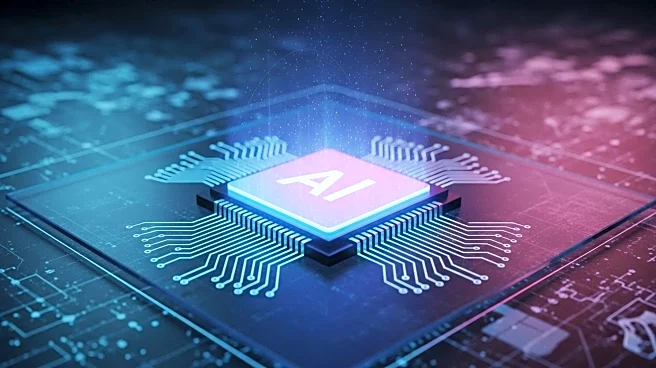What's Happening?
A new expert viewpoint published in Science Robotics highlights the transformative potential of artificial intelligence (AI) and robotics in scientific discovery. The article, authored by leading figures from academia, industry, and government, discusses how AI and robotics can accelerate breakthroughs in fields like chemistry, biology, and materials science. The concept of 'closed-loop' laboratories, where AI designs experiments, robots execute them, and machine learning analyzes results, is central to this vision. The authors emphasize the importance of human-machine collaboration, modular systems, and ethical automation. They also call for standardized data formats and international cooperation to overcome current barriers.
Why It's Important?
The integration of AI and robotics in scientific research could significantly reduce the time and cost of discovery, making science more accessible and efficient. This shift has the potential to democratize research, allowing scientists worldwide to leverage advanced technologies. The development of autonomous labs could lead to faster innovation and new scientific models, impacting industries reliant on scientific advancements. However, the transition also poses challenges, including the need for ethical guidelines and standardized protocols. The successful implementation of these technologies could redefine the scientific landscape, fostering a new era of innovation.
What's Next?
The authors envision a future where globally connected, cloud-enabled labs drive scientific progress. The focus will be on developing frameworks that support human-centered automation and international collaboration. Efforts to establish shared platforms and standards will be crucial in realizing this vision. As AI and robotics continue to evolve, their role in scientific discovery will likely expand, prompting ongoing discussions about the ethical and societal implications. The potential for these technologies to transform research practices underscores the need for continued investment and dialogue among stakeholders.

